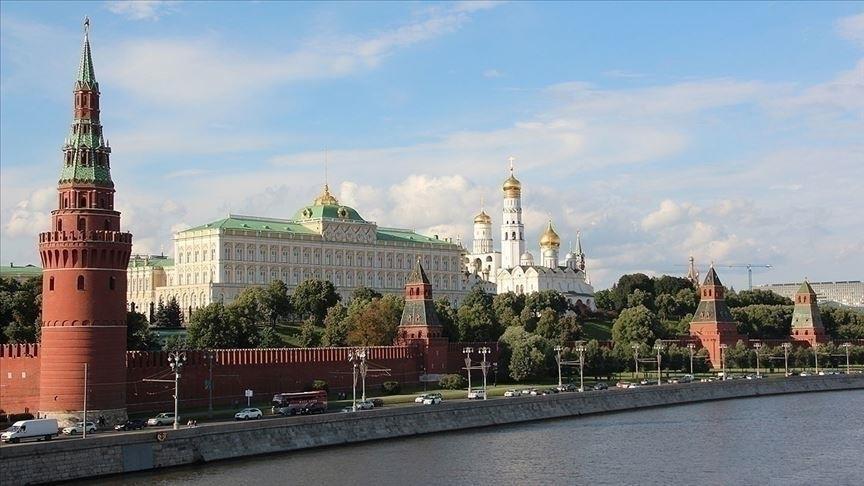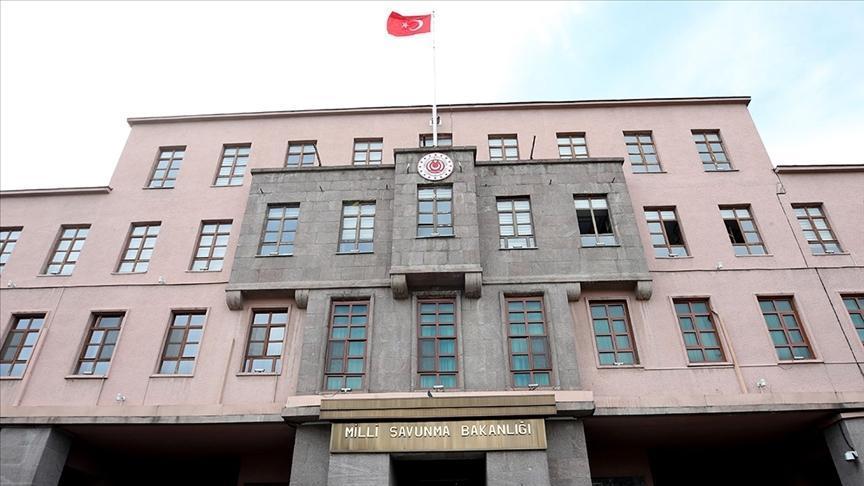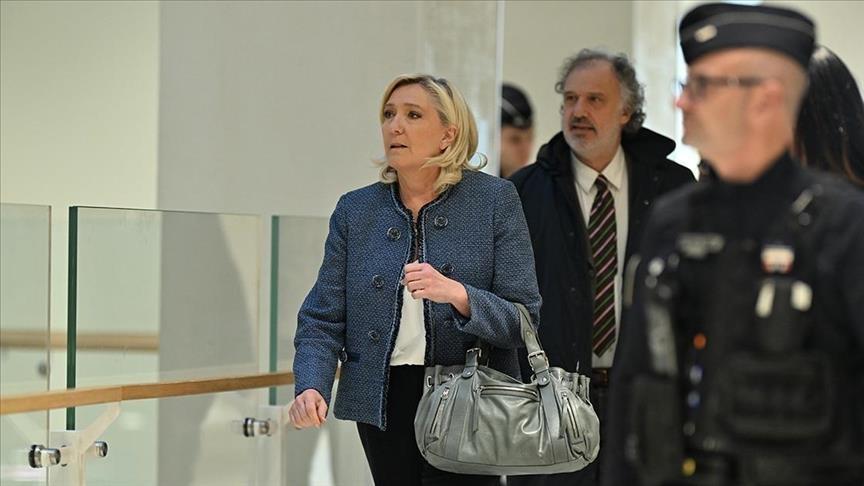‘Blue Voyagers’ at Istanbul’s Sismanoglio Megaro
ISTANBUL

A new exhibit brings together American artist Romare Bearden and Turkish Bedri Rahmi Eyüboğlu
The Consulate General of Greece in Istanbul and Columbia Global Centers Turkey will host the “Blue Voyagers: the Art of Romare Bearden and Bedri Rahmi Eyüboğlu” exhibition from April 15 to May 17 at Istanbul’s Sismanoglio Megaro.The exhibition, co-curated by Robert O’Meally and Merve Tezcanlı İspahani, is the final leg of a global voyage done by African American artist Romare Bearden’s iconic series of works based on Homer’s Odyssey.
The exhibit is part of a yearlong series of programs, lectures and performances inspired by Bearden’s interpretation of Homer’s classic, a staple of Columbia’s undergraduate Core Curriculum program.
“Romare Bearden: A Black Odyssey,” curated by Dr. Robert G. O’Meally, and Zora Neale Hurston, a professor of English and Comparative Literature, first opened at Columbia’s Miriam and Ira D. Wallach Art Gallery in November 2014, accompanied by an exciting program of lectures and performances. In January 2015, an adaptation of the exhibition was shown at the Paris Center, alongside works by Henri Mattise.
Blending Western and Anatolian themes
With the works from Romare Bearden’s “A Black Odyssey,” the exhibition in Istanbul will feature art by the renowned Turkish modernist artist Bedri Rahmi Eyüboğlu, who was instrumental in blending modern Western aesthetics with Anatolian themes.
Focusing on the journey as a central theme in their works, both Bearden and Eyüboğlu envisioned a “global odyssey” in the search for a new home, using the legacies of the ancient Greek civilization as a point of reference.
What brings Bearden and Eyüboğlu together is that both artists, born in 1911, were strongly influenced by the works of Matisse and Picasso. They were also both in Paris during the 1950s. While Eyüboğlu was in search of an Anatolian identity as part of Blue Anatolianism (Mavi Anadoluculuk), a humanist school of thought, Bearden was re-thinking African American identity in reference to ancient Greek civilization. They were both literary figures and artists, simultaneously using various mediums of artistic and literary expression.
Both artists were strongly influenced by improvised music (Eyüboğlu was fascinated by Aşık Veysel and mystic bards, while Bearden was strongly influenced by jazz).
The works that will on display at the exhibition will feature Bearden’s “A Black Odyssey” silk screens alongside Eyüboğlu’s remarkable works, taken from the Eyüboğlu Family collection.
Some of the works include Eyüboğlu’s “Torun,” “Seni Düşünürken,” “Baltabaş Kemnçeci,” “Aşık Veysel,” “Saz Çalan” and “Yavuz Geliyor Yavuz” as well as Romare Bearden’ “Sirens’ Song,” “Sea Nymph,” “The Fall of Troy,” “Odyssey Leaves Nausicaa,” “Home to Ithaca” and “Cattle of the Sun God.”
Panel
As part of the exhibition, a panel titled “Inviting the Other in: Translation, Adaptation and Improvisation” will be organized on April 16 between 6:30 and 8:30 p.m. at the Sismanoglio Megaro.
Held in conjunction with the exhibit, the panel will explore the connections between the two featured artists and the issues of translation their work raises.
Bearden’s “translations” of Homer’s Odyssey, centerpieces of the exhibition, foreground the translation from Ancient Greece to Modern America and from literature to painting.
Both painters “translate” tones and rhythms in music onto canvas and paper. Questions regarding the artistic forms “taken” from their non-native cultures and the invitation of the “other” through translation, adaption, and improvisation, will be discussed during the panel.
















